What is a Midfielder in Soccer?
Midfielders in soccer are players who operate in the middle of the field, between the defense and attack. They have important roles on both sides of the game, contributing to both defensive and offensive strategies. Center midfielders play a crucial role in linking defense with attack, maintaining possession, and distributing the ball effectively. They are often responsible for initiating attacks and creating scoring opportunities for their team.
Midfielders in soccer are key players who excel in both offensive and defensive aspects of the game, linking defense with attack while creating scoring opportunities for their team.
In addition to their defensive responsibilities, midfielders also contribute heavily to their team's attacking efforts, great examples are Frank Lampard, Steven Gerrard, and Frenkie de Jong. They support forwards by providing them with accurate passes and making runs into space to receive the ball back in dangerous areas. Effective midfielders possess strong technical skills, tactical awareness, stamina, and versatility as they need to excel in various aspects of the game. Whether it's breaking up opposition attacks or instigating their own team's offensive moves, midfielders play a vital role that can greatly impact a match outcome.
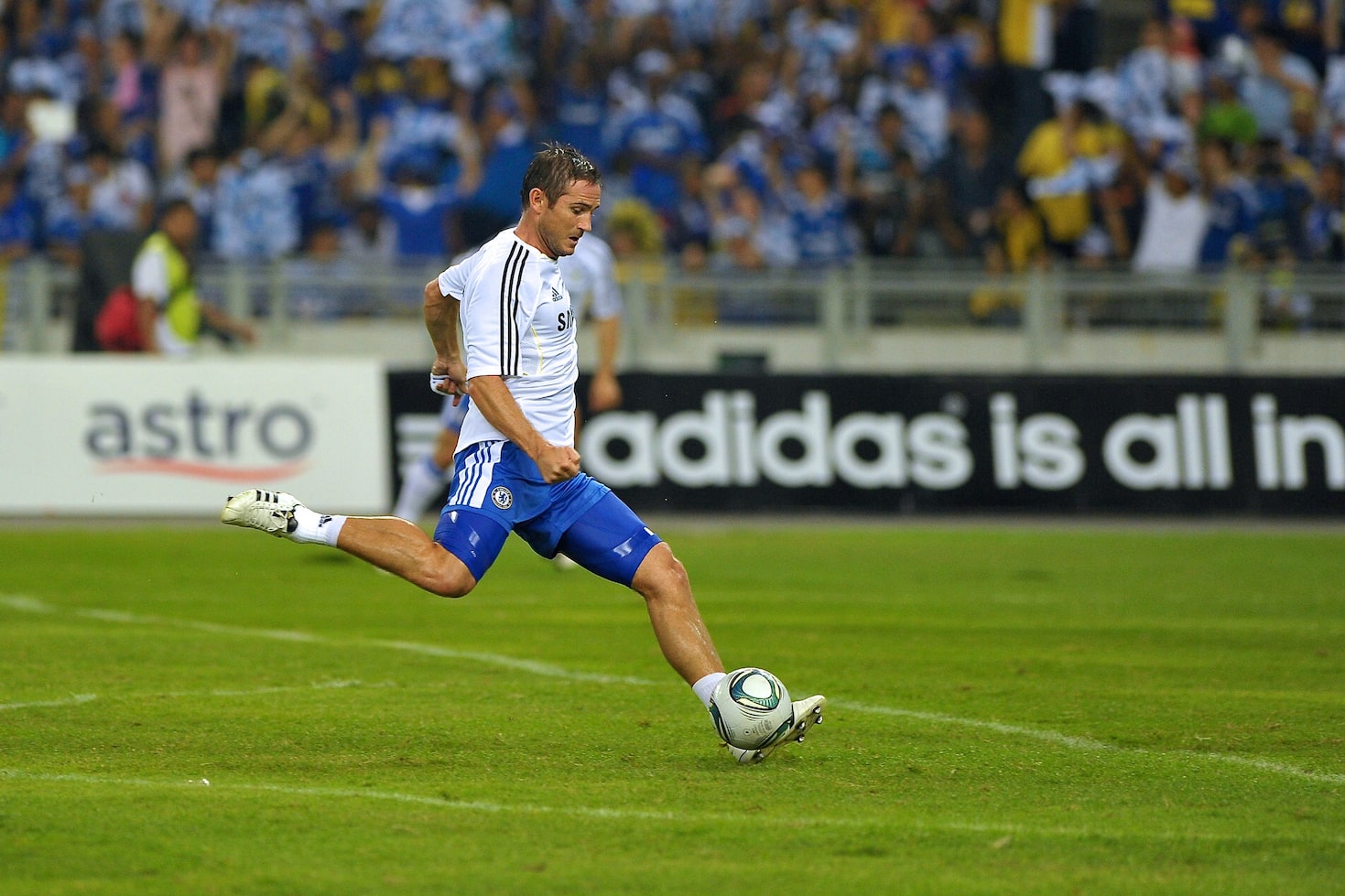
Role and Responsibilities of Midfielders
Distribution and Control: Midfielders play a crucial role in distributing the ball to their teammates and maintaining control of possession. They are responsible for accurately passing the ball to players in attack, as well as switching play from one side of the field to another. Center midfielders often excel in this aspect by orchestrating attacks and setting up goal-scoring opportunities for their team.
Transition Play: Midfielders are pivotal during transitions from defense to attack and vice versa. They must quickly read the game, intercept passes, and initiate counter-attacks when defending. When attacking, they need to provide options for their teammates by making intelligent runs into space or providing support near the opposition's penalty area like a number 10.
Defensive Duties: While midfielders contribute significantly on offense, they also have defensive responsibilities. They must help protect their defense by pressing opponents intelligently, tracking back when necessary, and disrupting opposing plays through interceptions or tackles, like Roy Keane and Patrick Vieira would regulalry do. This balanced approach between attack and defense is vital in ensuring that teams maintain stability throughout matches.
Different Types of Midfielders
Different Types of Midfielders
- Playmaker: The playmaker is the creative force in the midfield, responsible for orchestrating attacks and setting up goal-scoring opportunities. They have excellent vision and passing ability, constantly looking to find openings in the opposition's defense.
- Box-to-Box Midfielder: A box-to-box midfielder is known for their incredible work rate and stamina. They contribute both defensively and offensively, making runs into attack while also tracking back to help out in defense. Their versatility makes them a vital asset to any team.
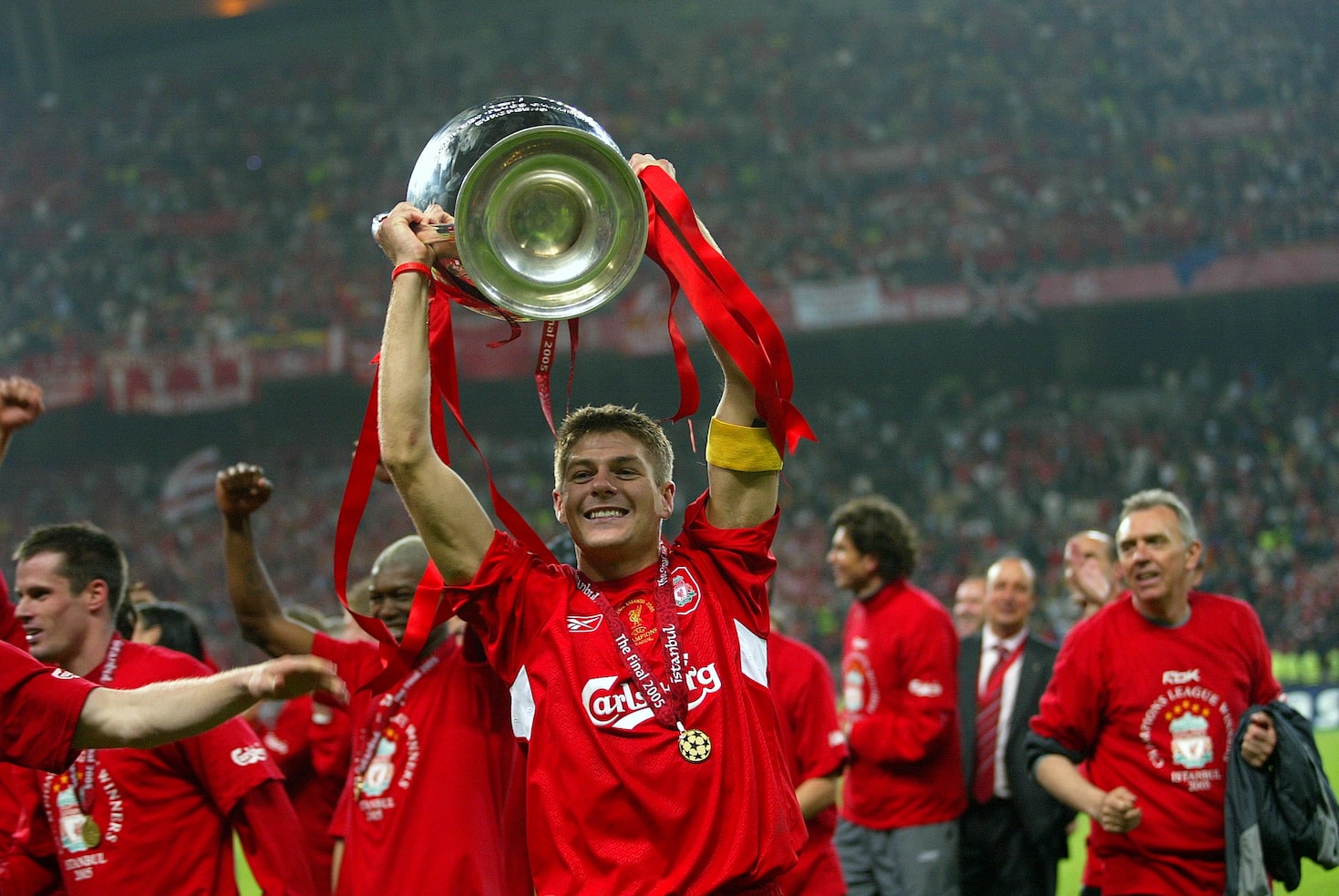
- Defensive Midfielder: As the name suggests, defensive midfielders focus primarily on protecting their team's defense. They excel at intercepting passes, breaking up opposition attacks, and providing cover for their center backs. Their presence adds stability to the team's overall structure. One of the best is Joshua Kimmich at FC Bayern Munich.
These different types of midfielders each bring unique skills and qualities that are crucial to a successful soccer team’s performance on the field.
Skills and Attributes of a Midfielder
Midfielders in soccer possess a unique set of skills and attributes that make them vital to the success of their team. Their passing ability and vision on the field allow them to distribute the ball effectively, creating opportunities for their teammates. Additionally, midfielders excel in ball control and dribbling, allowing them to navigate through tight spaces and maintain possession under pressure. These skills not only help control the flow of the game but also enable midfielders to initiate attacks for their team.
Defensively, midfielders showcase exceptional skills as well. They have a strong sense of anticipation and positioning, enabling them to intercept passes and break up opponent's attacks, covering lots of ground outfield. Furthermore, their physicality allows them to win challenges in duels, regain possession quickly, and provide cover for their defenders.
While often overlooked as goal scorers compared to forwards or attacking players, midfielders still contribute significantly in this aspect. Their shooting accuracy combined with tactical awareness enables them to find scoring opportunities from various positions on the field. Whether it be long-range strikes or well-timed runs into the box, midfielders offer an additional threat while maintaining defensive responsibilities.
In summary their overall versatility makes midfielders the heart of the side, who play a pivotal role in controlling games strategically whilst contributing both offensively and defensively.
Passing and Vision
Accurate passing is a crucial skill for midfielders in soccer. It enables them to maintain possession and create scoring opportunities for their team. By mastering the technique of accurate passing, midfielders can distribute the ball effectively to their teammates, ensuring that it reaches its intended target.
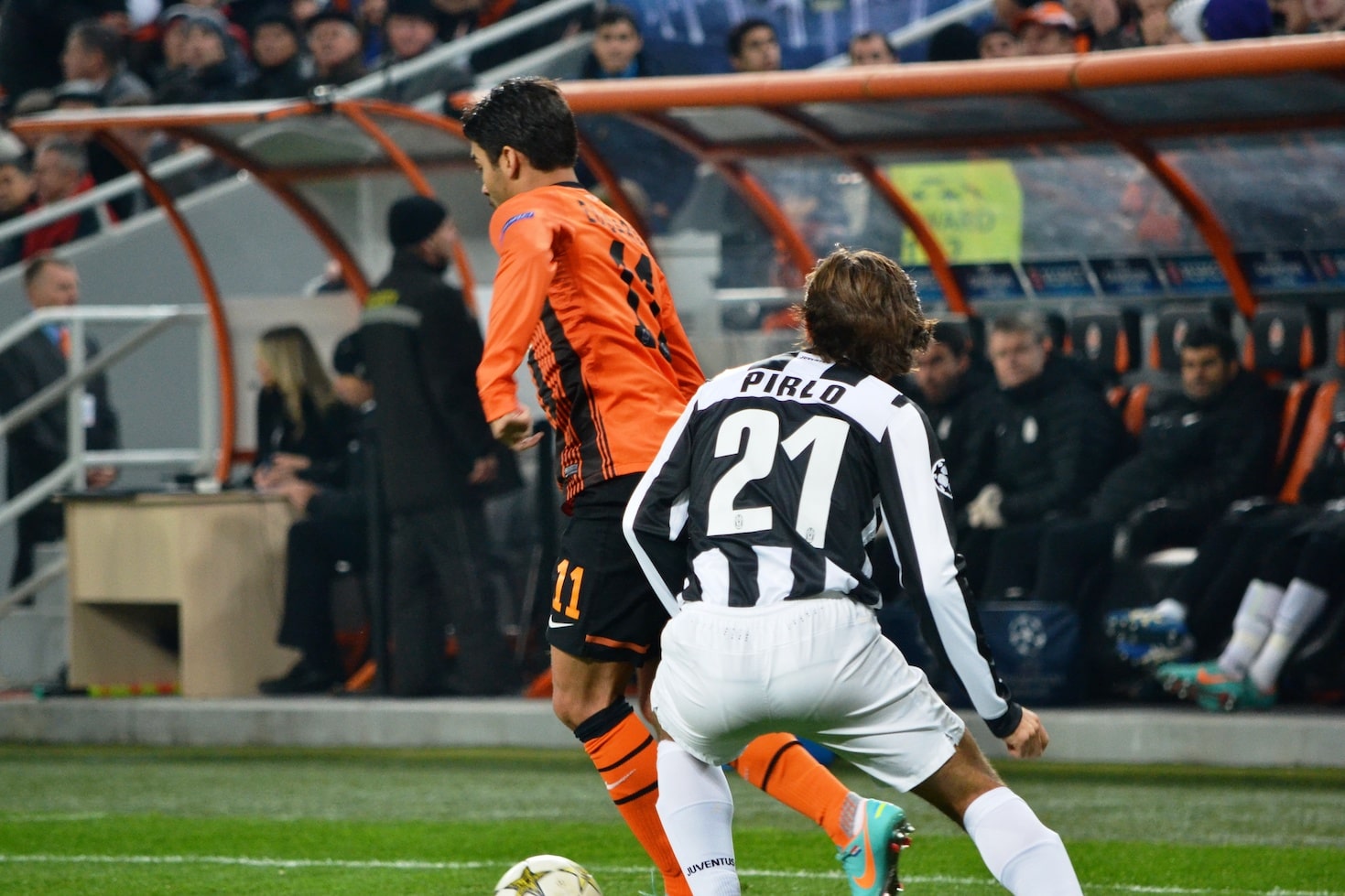
Long-range passing adds an extra dimension to a midfielder's game. It allows them to deliver precise passes over longer distances, bypassing opposition players and opening up channels for attacks. With this skill, midfielders can quickly transition from defense to attack or initiate counter-attacks with accuracy and speed.
Through balls are an essential weapon in a midfielder's arsenal. This type of pass involves threading the ball through tight spaces between defenders, enabling attacking players to run onto it and penetrate the opponent's defense. Mastering through balls requires vision and anticipation, as well as technical proficiency in executing precise passes into space.
These three aspects of passing – accurate passing, long-range passing, and through balls – are key elements of a midfielder's role on the field. By honing these skills during training sessions, midfielders can become potent playmakers who control games with their exceptional vision and ability to find teammates under pressure.
Ball Control and Dribbling
Close ball control is a crucial skill for midfielders in soccer. It allows players to maintain possession, evade opponents, and create scoring opportunities. By keeping the ball close to their feet and using quick touches, midfielders can effectively navigate through tight spaces and crowded areas on the field.
Change of direction dribbling is another essential technique for midfielders. This skill involves quickly changing the direction in which they are moving while maintaining control of the ball. By executing sharp turns, cuts, and shifts in body position, midfielders can surprise defenders and create space for themselves or their teammates.
Effective feints also play a significant role in a midfielder's repertoire. By utilizing deceptive movements such as body fakes or exaggerated steps, they can deceive opponents into committing before making their next move with the ball. Feints are particularly useful when engaging in one-on-one situations or trying to break through defensive lines.
Overall, mastering close ball control, change of direction dribbling, and effective feints enhances a midfielder's ability to dictate play and contribute significantly to their team's success on the pitch.
Defensive Skills
Tackling ability: A midfielder's tackling ability is crucial in regaining possession and disrupting the opposition's attacks. It requires good timing, technique, and strength to win the ball cleanly without committing fouls. Coaches can focus on drills that improve players' tackling skills, such as practicing different types of tackles (slide tackle, block tackle) and emphasizing proper body positioning.
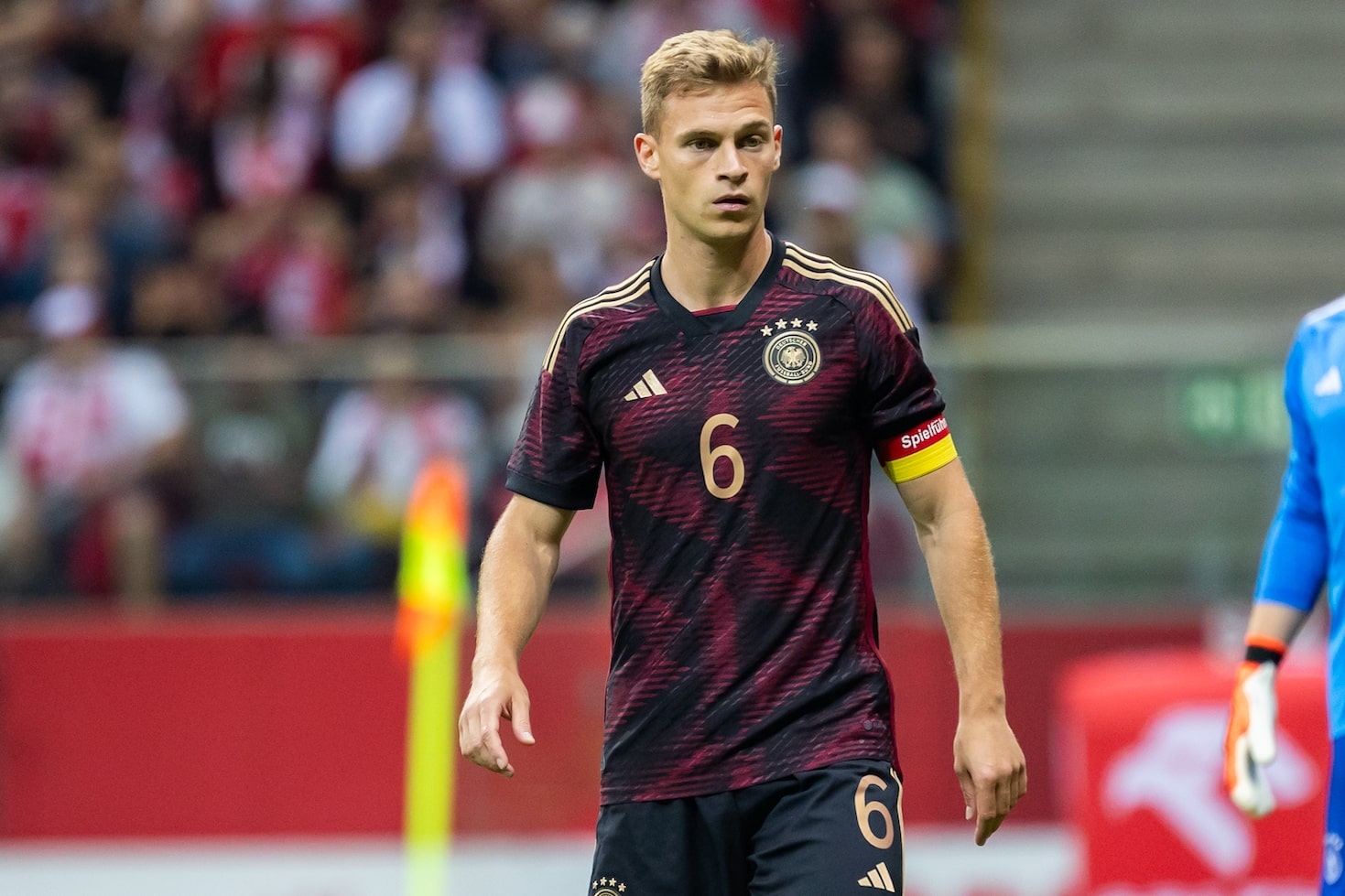
Interceptions and reading the game: Midfielders need a sharp sense of anticipation to intercept passes and read the game effectively. This skill allows them to break up play before it reaches their team's defensive line. Coaches can encourage players to work on their positioning, awareness of passing lanes, and decision-making speed through exercises like small-sided games or tactical scenarios.
Pressing and marking opponents: Pressing involves putting pressure on opponents when they have possession of the ball in order to force mistakes or regain possession quickly. Marking involves closely tracking an opponent throughout a match to restrict their influence on the game. Coaches should teach midfielders how to press as a unit with teammates while maintaining discipline in marking individual opponents during both attacking plays by rivals or set pieces.
- Improve timing for clean tackles
- Enhance anticipation skills for interceptions
- Develop effective pressing techniques
- Strengthen marking abilities against individual opponents
Shooting and Scoring
Powerful shots from distance require a combination of technique and strength. To generate power, midfielders should focus on striking the ball with the laces of their foot, following through with their entire body. Additionally, practicing shooting drills that involve long-range targets can help improve accuracy and build confidence in taking shots from distance.
Precision in front of goal is crucial for midfielders looking to contribute to the scoring tally. By honing their finishing skills, they can increase their chances of converting opportunities into goals. Practicing drills that simulate game-like scenarios such as one-touch finishes or shooting under pressure will enhance their ability to place the ball accurately into the corners of the net.
Timing runs into the box is essential for creating scoring opportunities as a midfielder. Being able to read plays and make well-timed runs forward can catch defenses off guard and lead to goal-scoring chances. Midfielders should work on developing an understanding with teammates by communicating effectively and studying each other's movements during training sessions, which will help them anticipate when to make these decisive runs.
Drills for Midfielders
Possession and Passing Drills
One-touch passing is a crucial skill for midfielders in soccer. It helps to maintain possession and create quick attacking opportunities. Incorporate one-touch passing drills into training sessions to improve players' speed of play and decision-making skills.
- Set up a small grid with two teams of four players each.
- Players must complete passes using only one touch.
- Encourage quick movement off the ball and communication between teammates.
Rondo drills are another effective way to enhance possession skills for midfielders. These exercises focus on maintaining control under pressure and making accurate passes in tight spaces.
- Create a circle or square with three attackers in the middle, surrounded by six defenders.
- The attackers aim to keep possession by making short, sharp passes while the defenders try to intercept or win the ball back.
- Increase difficulty by adding more defenders or reducing space.
Small-sided possession games provide realistic game situations for midfielders to practice their passing abilities under match-like conditions.
- Divide players into teams of five or six on a smaller field.
- Emphasize maintaining control of the ball while finding teammates in open spaces.
- Implement rules such as limiting touches per player or requiring certain types of pass combinations.
By incorporating these possession and passing drills into training sessions, coaches can help midfielders develop their technical proficiency and strategic awareness on the field.
Positioning and Awareness Drills
Shadow play exercises are an excellent way to improve positioning and awareness for midfielders in soccer. This drill involves players mimicking the movements of their opponents without actually making contact with them. It helps midfielders understand how to position themselves effectively on the field, anticipate their opponents' actions, and make quick decisions.
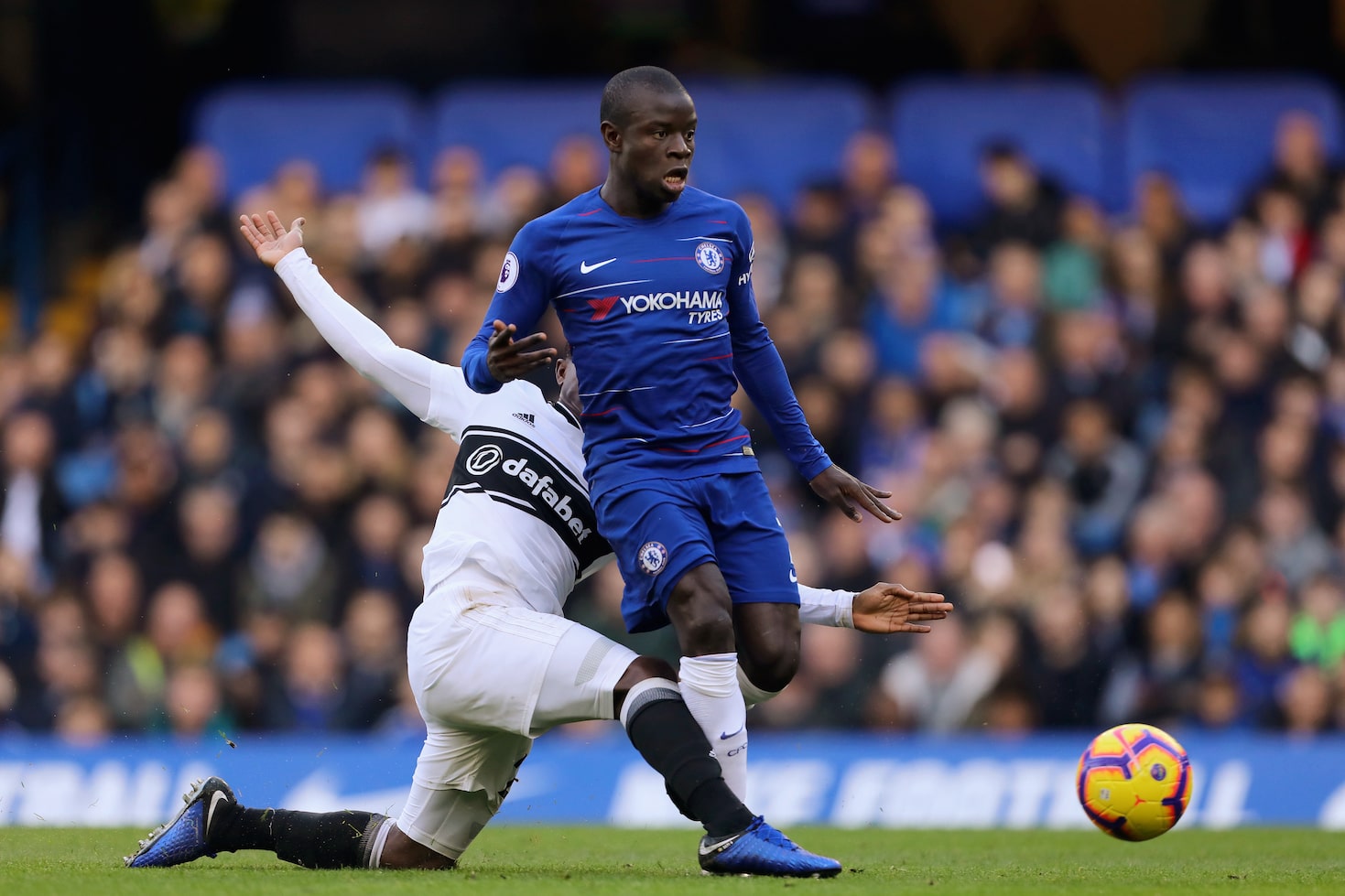
Midfielder positioning drills focus on teaching players how to find and maintain good positions during a game. These drills often involve setting up small-sided games or scenarios where players must constantly adjust their position based on the movement of the ball and other players. The goal is to help midfielders develop a strong sense of spatial awareness, enabling them to be in the right place at the right time.
Vision and scanning exercises can significantly enhance a midfielder's ability to read the game effectively. These exercises involve training players to scan their surroundings quickly, both before receiving the ball and while in possession. By improving peripheral vision and enhancing decision-making skills, these drills enable midfielders to identify open spaces, locate teammates more easily, and make better passing choices on the field.
Defensive and Pressing Drills
Pressing Triggers Practice: In this drill, focus on training midfielders to recognize and react quickly to pressing triggers. Set up small-sided games with specific conditions that encourage opponents to make certain passes or movements. By simulating game situations, players can develop their ability to anticipate and press effectively.
Compactness Drills for Midfielders: This drill emphasizes the importance of maintaining a compact formation in midfield. Set up grids or cones that represent the playing area, and instruct players to stay close together while defending. This exercise improves communication, coordination, and defensive organization among midfielders.
Intercepting and Tackling Exercises: Enhance your midfielders' interception and tackling skills through targeted exercises. Use drills that focus on body positioning, timing of challenges, and decision-making in order to win back possession efficiently. Emphasize technique while also encouraging aggression within the laws of the game for successful interceptions and tackles.
Attacking and Finishing Drills
Combination play is crucial in the final third to create scoring opportunities. Encourage your midfielders to work together, making quick and precise passes to break down the opposition's defense. Incorporate small-sided games that focus on one-touch passing and intelligent movement off the ball for effective combination play.
Midfielders need to have good shooting skills to contribute offensively. Design shooting drills specifically tailored for midfielders, emphasizing accuracy and power from various distances. Include exercises that simulate game situations, such as receiving a pass under pressure and quickly getting a shot off.
Develop your midfielders' ability to dribble into attacking positions with speed and control. Set up drills that encourage them to take on defenders in 1v1 situations, focusing on quick changes of direction and explosive bursts of speed. Emphasize proper technique when using both feet for successful dribbling into key areas of the pitch.
Remember: Combination play brings out creativity; shooting drills refine precision; dribbling unlocks attacking potential!
Coaching Tips for Midfielders
Developing Tactical Understanding
Reading the game is a crucial skill for midfielders in soccer. It involves constantly assessing the positioning of both teammates and opponents, as well as analyzing the flow of play and where the holes may be. By reading the game effectively, midfielders can anticipate passes, intercept balls, and make intelligent decisions on when to press or drop back.
Understanding positional play is another key aspect for developing tactical understanding in midfielders. This means knowing where to be on the field at any given moment to support your team's attack or defense. By maintaining proper positioning, midfielders can create passing options for their teammates and limit space for opponents.
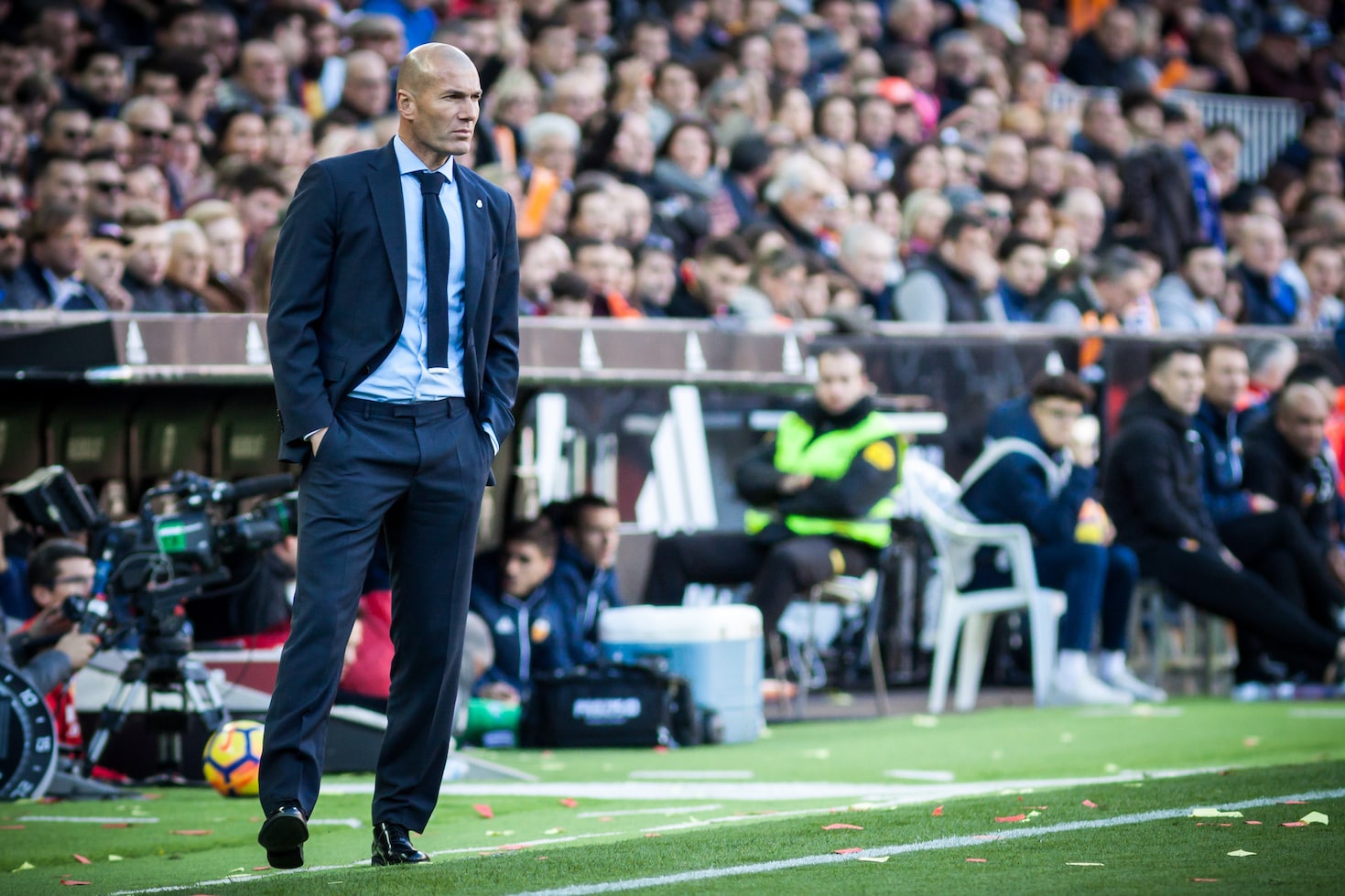
Recognizing and exploiting space is essential for midfielders looking to make an impact on the game. This involves identifying gaps in the opposition's defense and quickly moving into those areas to receive passes or launch attacks. By exploiting space effectively, midfielders can open up scoring opportunities for themselves and their teammates while disrupting the opponent's defensive structure.
Improving Decision Making
- Quick passing options: Midfielders should focus on identifying and utilizing quick passing options to maintain possession and create scoring opportunities. This requires awareness of the movement of teammates and an ability to make split-second decisions.
- Choosing between short and long passes: Effective decision making involves assessing the situation on the field and determining whether a short, safe pass or a longer, more assertive pass is appropriate. Midfielders need to consider factors such as distance from opponents, positioning of teammates, and available space before deciding which type of pass to execute.
- Identifying when to dribble or pass: Deciding whether to dribble or pass requires midfielders to read the game accurately. They must recognize situations where they can use their dribbling skills effectively without risking loss of possession. Additionally, midfielders should be able to identify opportunities for quick passes that can bypass opponents' defense lines.
Enhancing Communication Skills
Effective Verbal Communication on the Field
Midfielders play a crucial role in soccer, acting as the link between defense and offense. To excel in this position, effective verbal communication is essential. Midfielders must constantly communicate with their teammates, providing instructions and guidance to ensure smooth transitions and coordinated attacks. Clear communication helps players anticipate each other's moves and make split-second decisions, ultimately leading to better teamwork and goal-scoring opportunities.
"Silent" Communication through Positioning and Movement
While verbal communication is important, midfielders also rely on "silent" forms of communication through their positioning and movement on the field. By strategically positioning themselves between opponents and teammates, midfielders can create passing lanes or intercept passes from the opposing team. They use their body language to signal intentions to their teammates, such as making eye contact before making a run or pointing towards open spaces for potential plays. Mastering these non-verbal cues enhances overall team coordination without alerting opponents.
Coordinating with Teammates during Transitions
Midfielders are often involved in quick transitions from defense to offense or vice versa. During these critical moments of play, coordination with teammates becomes paramount for successful counterattacks or defensive setups. Midfielders should communicate efficiently with defenders when transitioning into an offensive phase by quickly relaying information about available passing options or potential threats from opponents' defensive lines. Similarly, they need to coordinate closely with forwards when dropping back defensively by communicating marking assignments or indicating areas that require immediate pressure.
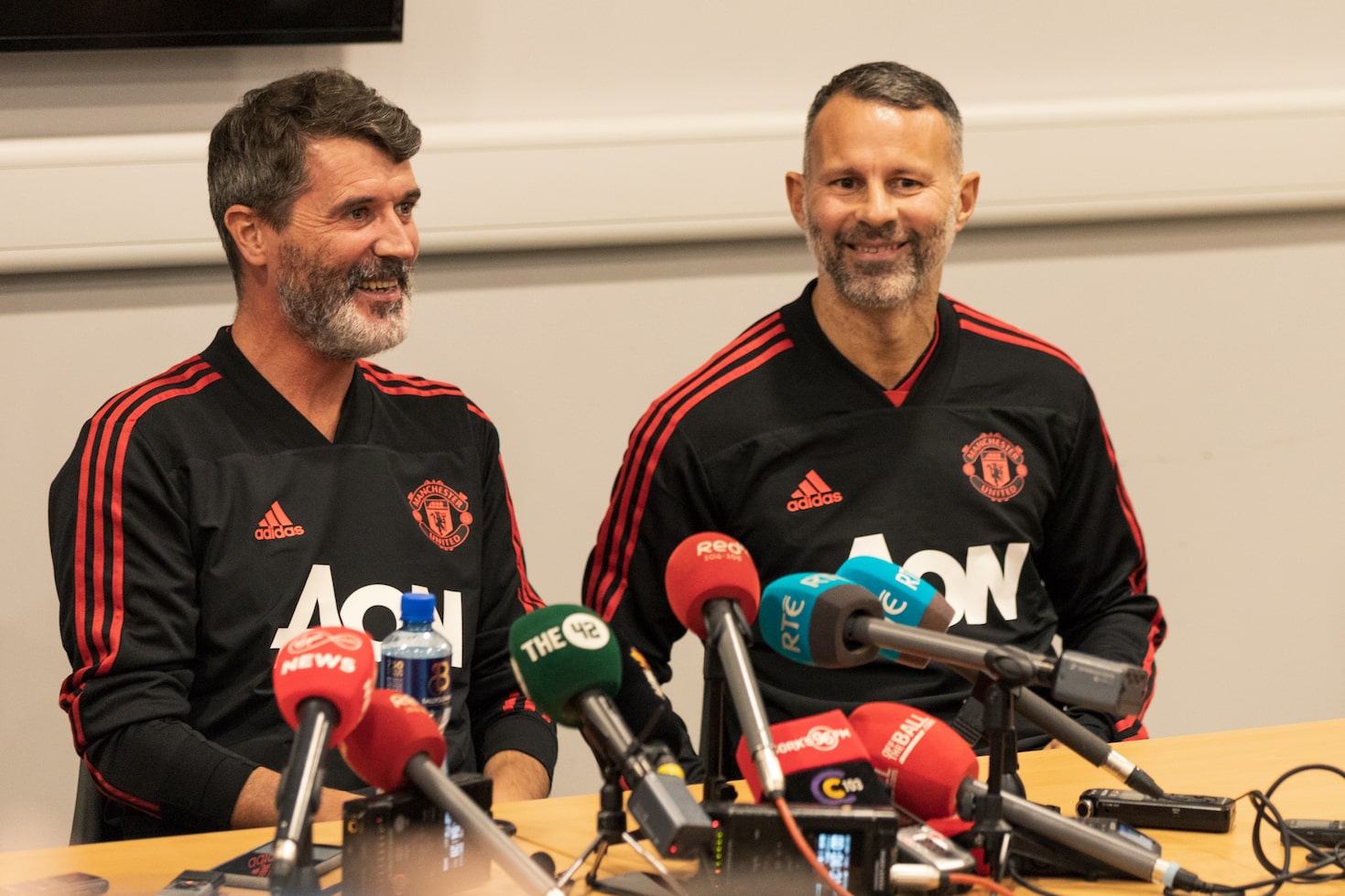
Remember that effective communication skills among midfielders not only improve individual performance but also elevate the entire team's gameplay dynamics - facilitating faster decision-making processes during matches while developing strong bonds among players who depend heavily on one another’s support throughout intense training sessions.
Building Physical Fitness
Endurance training is crucial for box-to-box midfielders as they cover a large area of the pitch. Incorporating high-intensity interval training and long-distance running drills will improve their stamina, allowing them to maintain a high work rate throughout the game.
Agility drills that focus on quick direction changes are essential for midfielders looking to out manoeuvre opponents. Cone dribbling exercises and ladder drills can enhance their footwork and reaction time, giving them an edge in tight spaces.
Midfielders need strength to win challenges in the middle of the field. Including exercises like squats, lunges, and core workouts in their training routine will help increase their power and stability, enabling them to dominate physical battles with opponents.
Remember: Endurance training builds lasting energy; agility drills refine nimbleness; strength exercises bolster physicality.


Improve Your GameJust 1.99 p/m
Exclusive drills and sessions, get involved today!
- 100’s of Drills
- Coach to Camera Videos
- Sessions from Pro’s
- Industry Leading Advice
Conclusion
Midfielders are the backbone of a successful soccer team, playing a pivotal role in both defense and attack. Their ability to control the game's tempo, distribute passes accurately, and provide key defensive support makes them invaluable on the field. To develop midfield skills, players should focus on honing their passing accuracy, improving their positional awareness through tactical drills, and working on their physical fitness to maintain high intensity throughout the match. By understanding the importance of midfielders and investing in comprehensive training programs, coaches can help their teams dominate possession and create scoring opportunities.
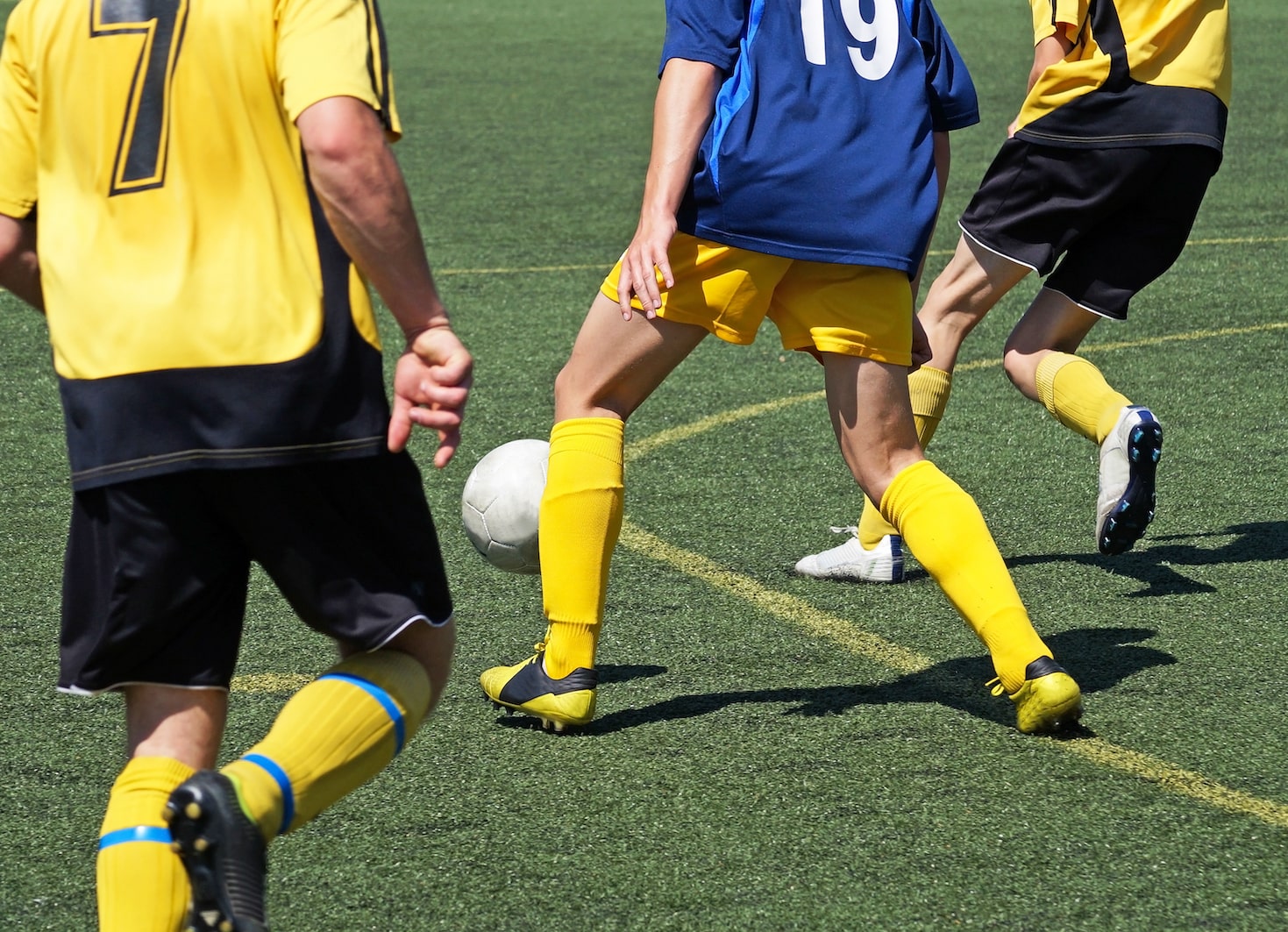
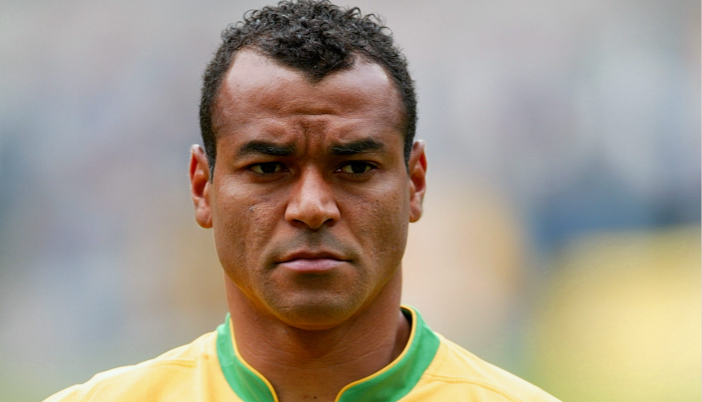
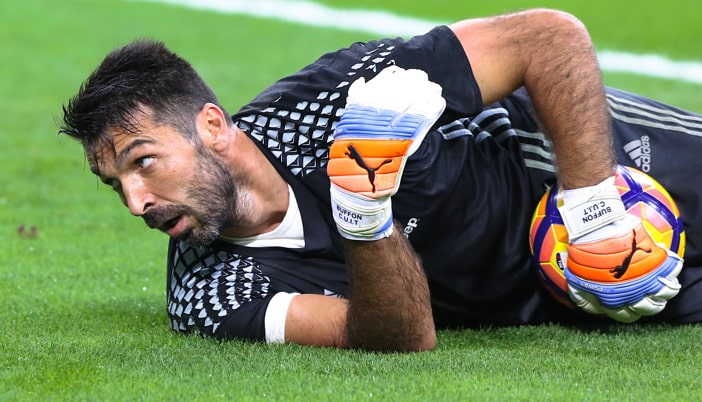
Cupello
UEFA B Coach, FA Level 3, FA Youth Modules 1, 2 and 3, Coerver Youth Diploma, SPAIN: Catalan Football Federation Smart Football, USA: United Soccer Coaches diploma. Sports journalist for the Sunday Mirror published author of several volumes of coaching books & international lecturer on soccer.